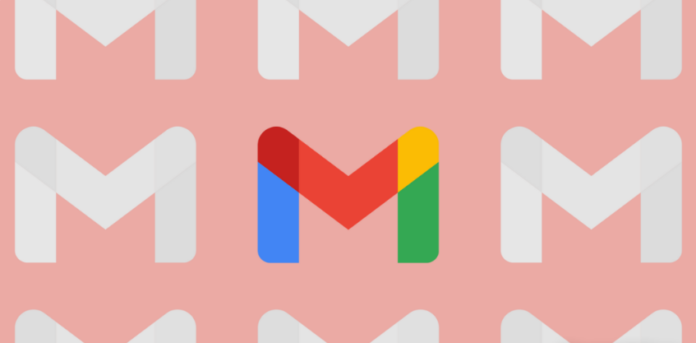This April 1, 2024, Google celebrates 20 years of Gmail. Because it came out on April Fool’s Day, the platform seemed to be a Google prank for the occasion. But the novelty was not only real, it transformed the way we use email. As a Gmail account owner since 2004, I’ll tell you how it started.
The revolutionary 1GB email
In the early 2000s, email services were very limited. Anti-spam filters often failed, if at all. E-mail clients such as Outlook Express were almost mandatory, as the web versions, called webmail, were slow or required the page to be reloaded to check for new messages.
The odd part of it was the low storage capacity of these services, with inboxes often less than 10 MB in the free options. This was another reason for using software like Outlook Express: by downloading the emails to the user’s computer, the account’s storage space was freed up.
By 2004, Google was already quite admired, with its founders, Larry Page and Sergey Brin, being considered true technology visionaries.
As a jovial and modern company, Google was also adept at good humor, a finding visible in its April Fool’s Day jokes. In 2004, the catch was the announcement of the Google Copernicus Center, a subsidiary that the company would have on the Moon (obviously it was a lie).
On the same day, Google announced Gmail, an email service with three hitherto remarkable features:
Search: the service has the same search technology as Google’s search engine, allowing you to find messages easily;
Storage: 1 GB capacity, a monumental storage capacity for the time;
Speed: a fast and efficient web service, with the organization of replied messages into “threads”, that is, in a conversation list from the original email.
The feature pack was so interesting that it sounded too good to be true. But it was. Even though it’s April 1st. Larry Page said Gmail was inspired by the complaint Google received from a user who complained about having to archive messages and then struggling to find them.
Based on this premise, a Google engineer named Paul Buchheit developed the foundation of Gmail, work he began in 2001. Four years later, the first working version of the service was ready to hit the market, albeit gradually.
There was only one problem: because it was in beta, Gmail would spend a long time with restricted access. To create an account on the service, you had to be invited by someone who was already a user.
Gmail 20 years later
On its twentieth anniversary, Gmail continues to hold impressive numbers. Some of them are these, according to Demandsage:
Gmail has 1.8 billion active accounts;
more than 121 billion emails are sent by the service every day;
users spend, on average, 28 minutes a day in Gmail;
The service is available in more than 100 languages;
Gmail’s default storage capacity has been 15GB since 2013.
Such generous numbers are not surprising. Gmail stopped users from worrying about storage space, introduced a truly functional and intuitive interface, and helped make email what is probably most widely used today: a combination of digital identity for logging into various services with a repository of private documents.
Gmail also carries the mark of being Google’s first major innovation after the search engine. That’s because equally or more notable services, such as YouTube, Chrome, and Google Maps, emerged or were bought by Google after Gmail.
Congratulations to him! Gmail is only the success it is today because it maintains the original premises, even though it has undergone important changes over these 20 years.










